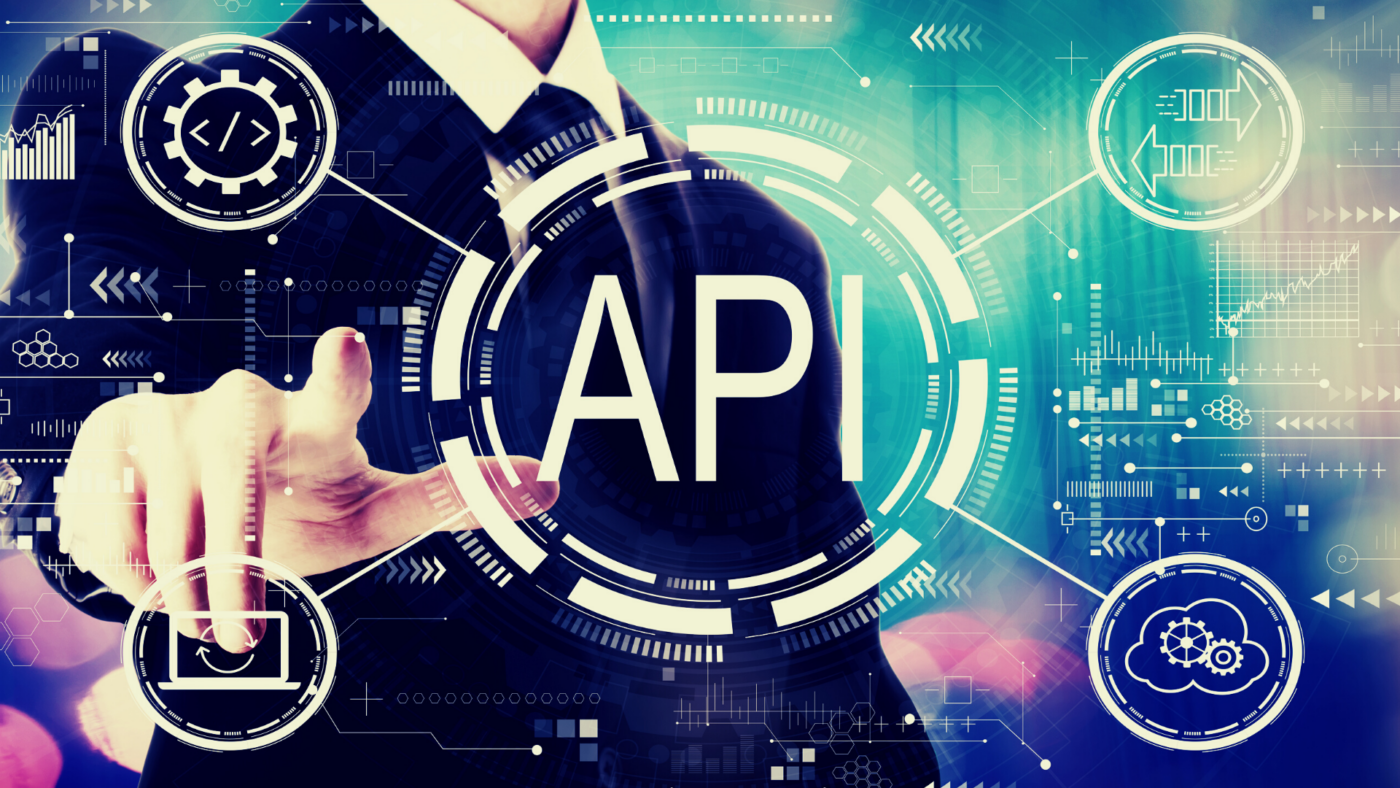Companies that decide to start a digitization process of some business, for example in marketing & sales, hear about APIs, but what is it? To better understand what an API is, it is necessary to forget about IT for a moment. Thinking about a socket, if you plug the charger into the port and connect a smartphone to it, you know that the smartphone will charge, but it’s not critical that you know what process happens beyond that contact. Inside the wall could be the famous hamster spinning on a wheel and generating power, or a complex transmission system through a cluster of intricate wires, which to us would not change anything. So, the 3 holes of the socket represent for us an interface. We use it, we know what it allows us to do, but we don’t know how and why.
API, between computing and business. The definition
API stand for Application Programming Interface. In the previous example, the third element, the interface, was analyzed, while to better understand the other concepts, it is necessary to enter the field of informatics. Application Programming refers to software, an application, which, through its developers, provides interfaces that, when called upon, perform a certain task. For example, these applications can provide a sales forecast for a given product, or information on clients or prospects to conduct Marketing and Sales surveys that may be too complex to implement from scratch.
APIs, between IT and business. Fields of use
With Artificial Intelligence algorithms it is possible to subdivide a company’s customer base into groups (clusters) quickly and without knowing the mathematics behind it, simply by invoking a web service that a supplier company has made available. With ad-hoc software integration, these web services can save the results of calculations performed directly into the client company’s database. In essence, the objectives and activities that can be carried out through API calls are virtually unlimited.
To be used, APIs do not necessarily need a network, for example, they can act as an interface between applications used on the same PC.
APIs, between computing and business. The typologies
There are different types of APIs, but 2 are the main ones, indicated in the order of modernity and efficiency:
- SOAP (Simple Object Access Protocol)
- REST (REpresentational State Transfer)
APIs of the first type is slower and more complex to develop, but the concept does not change: both SOAP and REST are two paradigms of information and logic exchange.
Different companies can make API calls to each other to initiate an exchange of information and use computational logic that would be too complex or costly to develop internally. Most of a company’s digitization processes are based on the API.
APIs, between IT and business. History
The predecessors of web services, i.e., the exchange of files via protocols such as FTP (File Transfer Protocol), or the sharing of Database users, are forcing companies to limit and slow down their activities, as well as raising issues in various areas:
- in terms of security, giving access to an outsider, even in read-only mode and perhaps on views created ad-hoc, is always a risky choice
- in terms of efficiency, the exchange of files implies that the file must first be generated: what if the process is interrupted? What if the file remains open and cannot be modified? In short, the risk of operational errors is always high.
APIs, between IT and business. Advantages and disadvantages
Of course, web services are not perfect. Since they are network services, it may well happen, for example, that there are connection problems that interrupt their operation. But these problems would also apply to FTP and Database access.
Webservices are the safest way to protect intellectual property. You don’t need to know what code is behind the interface and how certain activities “called” through the interface were developed, and they are fast to implement and invoke. The other aspect that plays strongly in favour of APIs is scalability. Once logic has been created or information to be shared has been generated, it tends to be quick to create web services that allow third parties to use them. And you know, in the world we live in today, speed is everything.


